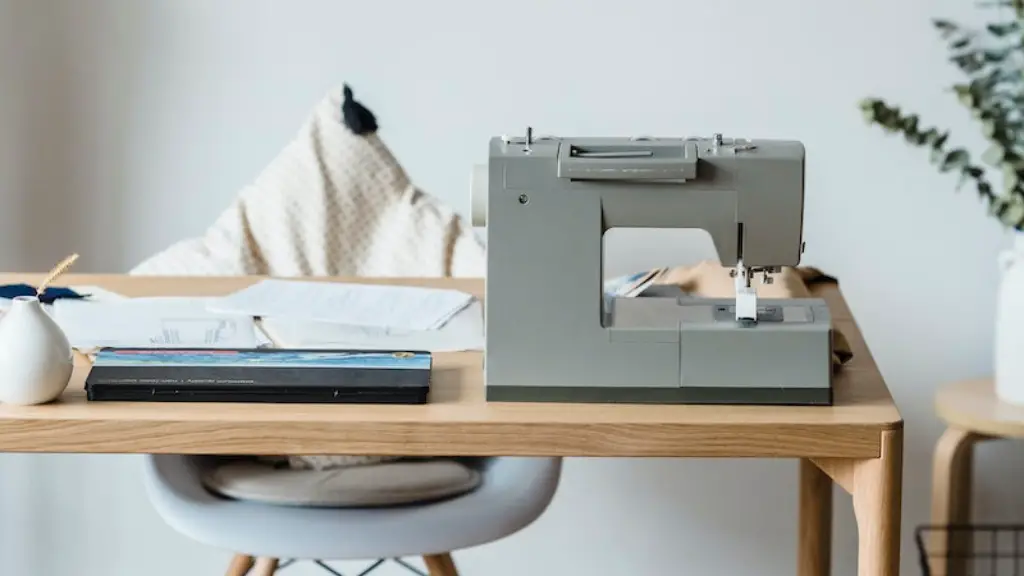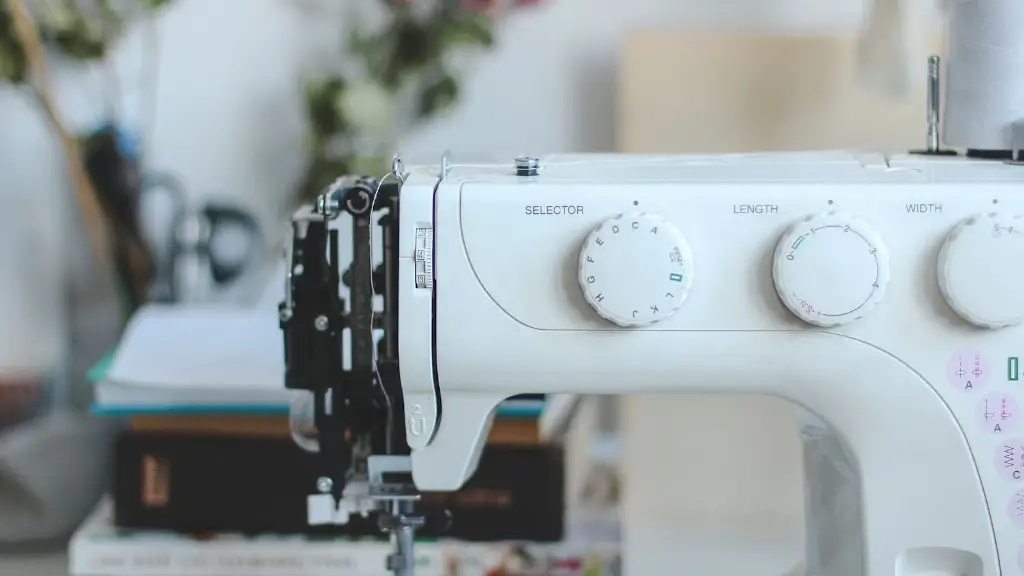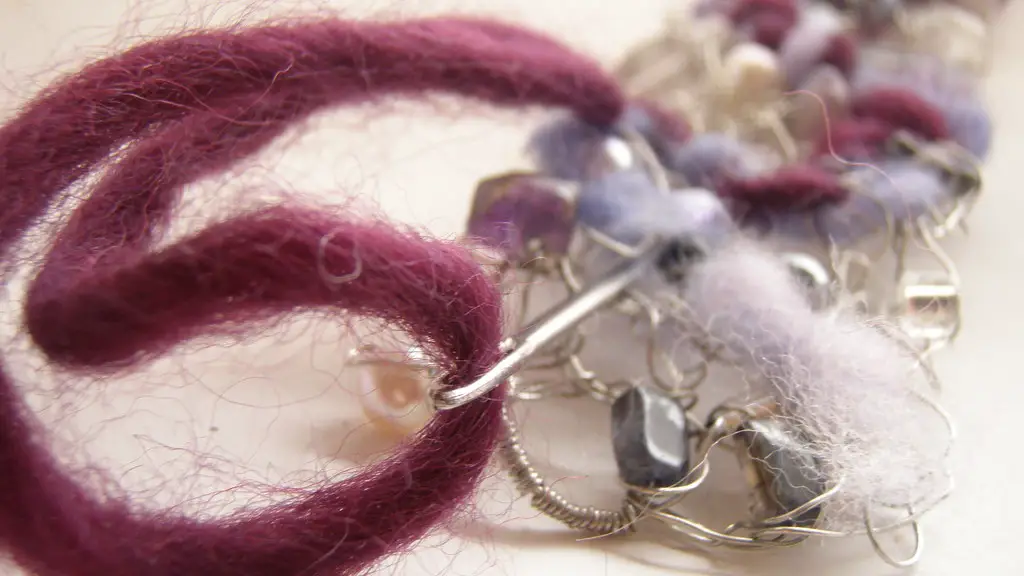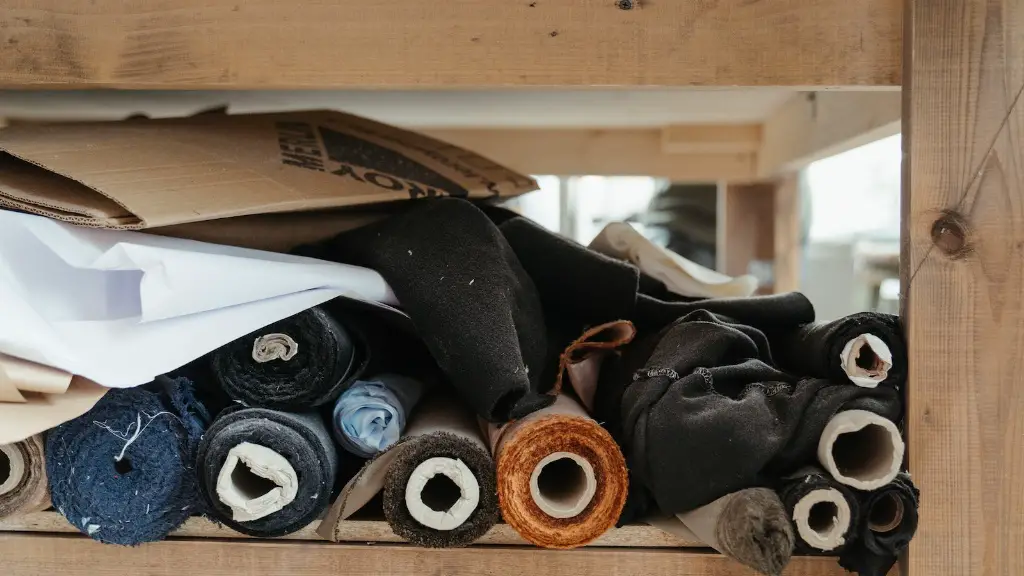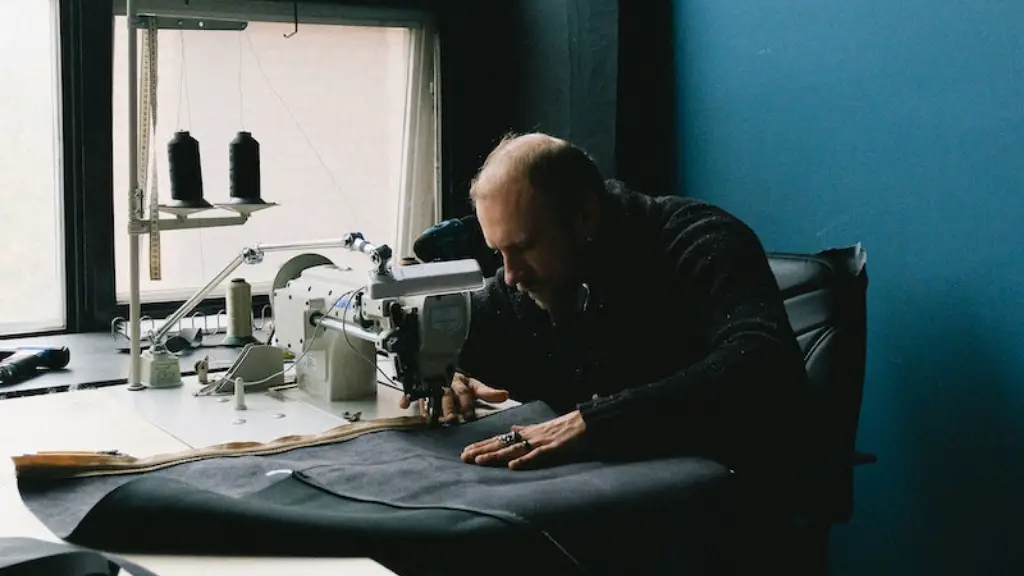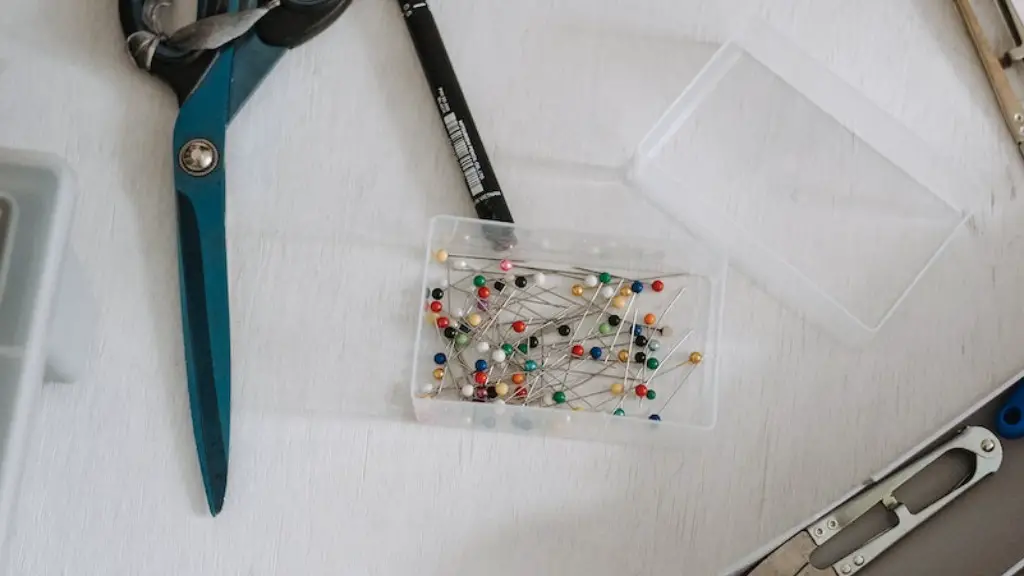An old sewing machine might seem like a relic of times past, but in truth these devices are just as useful today as they ever were. Whether you plan to do a little bit of basic mending or embark on a full-fledged stint of garment making, having a well-serviced sewing machine is key to achieving enviable results. But how much should servicing cost?
If you have chosen to sew in a professional sense, then you will know that having a quality machine is incredibly important, and therefore regular maintenance and care is needed to ensure it remains in top condition. Generally, a standard Tune-up and Cleaning package will be the most suitable, and this carries a cost of between seventy and one hundred and fifty dollars for most models and makes. Your fabric shop is likely to offer this service, and in addition to inspecting, cleaning and lubricating your machine, this package might also include a few more little extras, such as a manual book and DVD tutorial. Other packages may also include a full check-up of your machine – an important service if you use yours for professional purposes.
It is important to note, however, that the cost of a standard tune-up usually does not include more intensive servicing; often, spare parts and labour (if required) will be charged separately depending on what is found. Should you have an older machine – or one that has had a particularly hard life – then additional services may be needed, but it is well worth the cost in the longer term.
But servicing doesn’t just mean saving money on bigger repairs. It also helps to extend the life of your machine, and ensures it runs at maximum efficiency. All the Bobbins, the Needle, Presser Foot and Plate should be inspected, cleaned and replaced regularly (if necessary) to keep your machine running smoothly. All these little things combined can often add up to substantial savings over time.
Finally, as with all things, prevention is better than cure. To prevent any costly repairs, always clean your machine of lint and dust regularly, and make sure you keep it dry and away from direct heat, too. Of course, if in doubt, then getting your machine serviced by a qualified technician is the safest option.
Parts and Accessories
Accessories play an important role in stitching and finishing any kind of garment. Everything from thread guides, feet and buttons to an extra strong motor and treadle may be necessary to achieve better results. So, if you are updating your machine or just looking for a few extra items to go with it, you will need to know where to purchase the best quality parts, as well as the cost associated with getting them. It is worth noting that many standard parts are available at a fraction of the regular cost, so shop around to get the best deal.
Sometimes, it is worthwhile to invest in the more expensive parts, as they are often of higher quality and last longer than the cheaper ones. For example, a quality Bobbin Winder will often cost more than a generic one, but it is likely to last far longer than the cheaper version. For serious sewers, an investment in good-quality accessories may save you money in the long run.
When shopping for parts and accessories, it is best to stick to well-known and reputable suppliers to ensure the items you purchase are genuine and fit for their intended use. Be sure to check the manufacturer’s instructions and only purchase the parts and accessories specified. As with most things, you will get what you pay for, so when it comes to quality and value for money, it pays to do your research.
Using a Professional
Although certain repairs may seem easy enough to perform yourself, it’s always a safer and surer option to enlist the expertise of a professional technician. After all, most sewing machines use delicate and intricate parts and while they may appear straightforward to work on, any non-specialist repair job is likely to cause more problems than it solves. So, in order to maintain your machine in the best possible condition and ensure optimal performance, it makes sense to call on the services of a qualified technician.
Professional technicians bring with them years of experience, a wealth of knowledge and the latest technology to craft a tailor-made service for your machine. They may use a variety of tools and techniques to assess, diagnose and repair your machine and will be able to carry out a thorough service and adjustment, if necessary. Additionally, as most technicians will carry a range of spare parts in stock, they are likely to have everything they need to get the job done quickly and efficiently.
Finding a good technician can sometimes be a challenge, so it’s worth searching online or asking people in the same trade for recommendations. Local sewing or craft shops are also an excellent source of information. Within reason, the extra money you spend for working with a professional is worth it in terms of their expertise, knowledge and experience.
Upgrading your Machine
If you are looking for extra features or performance from your sewing machine, then upgrading it is always a good option. This can be done in a number of ways, from adding accessories to fitting new parts. Various companies offer full-upgrade solutions for many models, as well as smaller parts that are easy to install and which can make all the difference to the quality of your finished garments.
Before you upgrade, it is important to consider the model and make of your machine, as these factors will determine the parts that are compatible. Additionally, you should remember to check the manufacturer’s instructions to ensure the safety of your machine. Even if the upgrade seems straightforward, it is always best to consult with a qualified technician first.
Upgrades can add a lot of extra features to your machine and enhance its performance. A common upgrade option is the addition of a built-in LED light, helping to illuminate the work area, while another popular alteration is upgrading the needle system, helping to guide the needle more accurately. For those more serious about their garment making, there are also machines with more powerful motors, so it pays to shop around for the best option for your requirements.
Care and Maintenance
Care and maintenance of your machine is an essential part of keeping it in peak condition. Although regular servicing is required, there are some basic maintenance tasks you can do to keep your machine looking and running its best. These include regular cleaning and lubrication, as well as careful storage.
Be sure to empty the dustbin regularly, as excessive lint and dust can clog up the internal parts and cause the machine to run slower. It is also important to regularly lubricate the moving parts, as this will help to keep them functioning smoothly. Additionally, use a soft cloth to wipe down the machine after each use, as this will keep the exterior looking its best.
When not in use, it is important to store your machine correctly and safely. Ideally, you should use a sturdy case or bag, to protect it from dust, moisture and other environmental damage. In addition, if storing for a prolonged period of time, be sure to cover your machine, both to prevent dirt build-up and to protect it from sunlight which may discolour or fade its exterior.
Get to Know your Machine
For your machine to give you the best possible results, it is essential that you understand how it works and get to know its unique features. Therefore, familiarizing yourself with its different functions is not just a good idea, but an important part of maintaining it. This can be done by reading the manufacturer’s instructions and familiarizing yourself with the functions of the different parts, as well as the care and maintenance required.
If you are a beginner, a good starting point is to practice basic stitches. This will help you get to know how the machine works and become accustomed to how its different settings affect the stitch. It will also give you a chance to practice basic troubleshooting. Finally, if you ever get stuck, most manufacturers offer help lines, so take advantage of them should you need it.
The Benefits of Sewing
For many people, sewing is not just a craft but a way of life. Not only can it provide a necessary, practical skill, but it can also be incredibly therapeutic and a great form of relaxation. Being able to create something tangible with your hands can be both fulfilling and satisfying, as well as a great source of pride. Sewing, like a quality sewing machine, is an investment that may be enjoyed and put to good use for many years to come.
Clearly, having a well-maintained sewing machine is essential to achieving the best results. Knowing how much it costs to have it serviced, the type of parts and accessories you need, as well as how to care for it are all important aspects of getting the most from your machine. In the long run, these small details will pay off in terms of quality and value for money.
